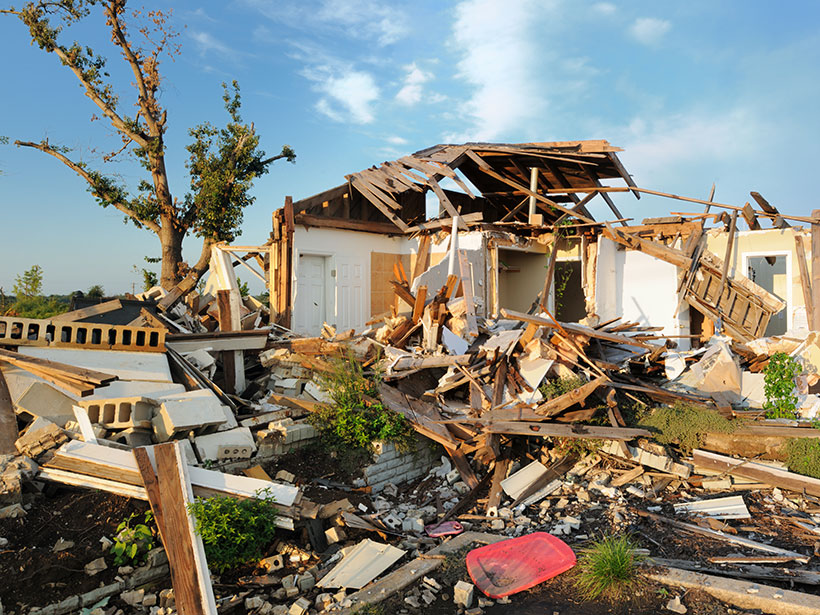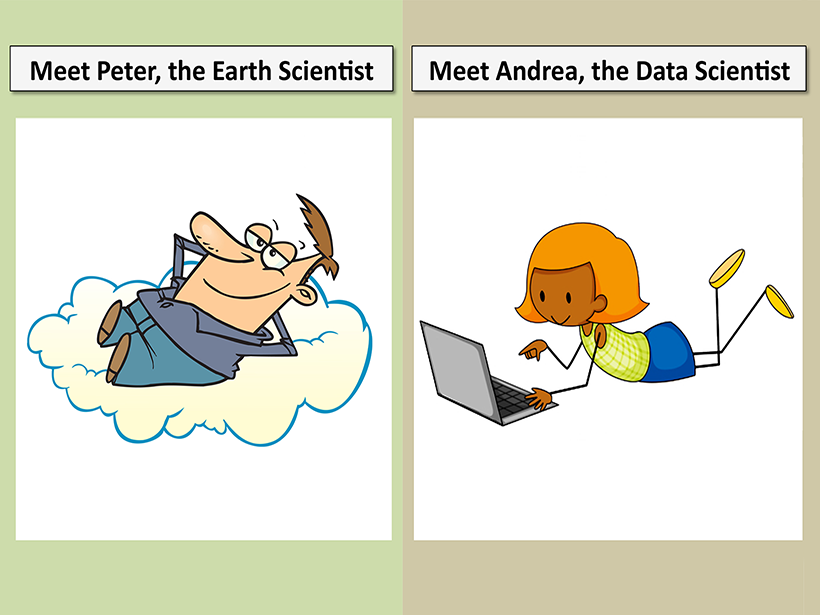Developing trustworthy artificial intelligence for weather and ocean forecasting, as well as for long-term environmental sustainability, requires integrating collaborative efforts from many sources.
I. Ebert-Uphoff
Posted inOpinions
Thoughtfully Using Artificial Intelligence in Earth Science
Deriving scientific insights from artificial intelligence methods requires adhering to best practices and moving beyond off-the-shelf approaches.
Posted inOpinions
Three Steps to Successful Collaboration with Data Scientists
A step-by-step cartoon guide to efficient, effective collaboration between Earth scientists and data scientists.



